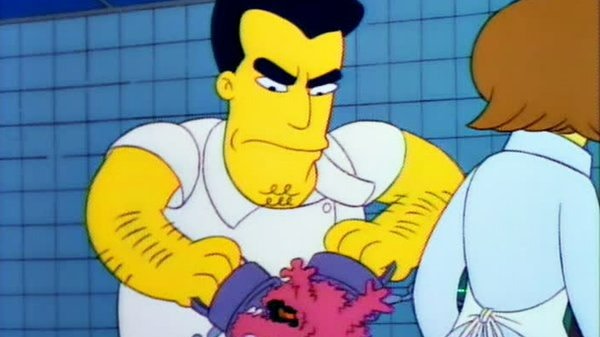Stay informed with free updates
Simply sign up to the Private equity myFT Digest — delivered directly to your inbox.
It’d be nice to imagine that veterinary services are recession-proof. Worming tablets and hairball treatments seem like they should be non-discretionary purchases. The $60bn-plus of private equity cash flowing into petcare over the past decade was premised on the hope that demand would be price-inelastic.
The facts appear to be somewhat different. Per Morgan Stanley:
A Morgan Stanley/AlphaWise survey of 75 US vet practices showed first-quarter patient volumes dropping 1.9 per cent in the first quarter, the worst reading since the series began in mid 2021.
Vet practice revenue showed its first decline on record, down 0.5 per cent, the survey showed, with more than three-quarters of vets saying that customers have been arguing about prices. They reported declines in new patient appointments, existing patient check-ups, diagnostic testing and discretionary procedure volumes.
Because it captures fewer struggling independents left behind by corporate consolidators, Morgan Stanley’s vet survey usually offers a more sunny view than the wider industry. Private-equity backed firms are estimated to control about half the US market share. But since the average life of the patient is not much more than a decade, there’s a constant need to attract new customers. Any practice with a small catchment area will tend to be in decline.
Data from Vetsource covering more than 5,000 US practices shows vets hiking prices over the past few years as visits drop from post-pandemic highs:
It’s price inflation that makes the data hard to untangle. US prices for veterinary services have jumped roughly 60 per cent in the past decade, as MainFT reported in January:
Critics of [private equity’s] “roll up” strategy say the price rises stem from reduced competition in what was once a “mom and pop” business. The industry counters that bill inflation is more the result of advances in animal healthcare and of owners expecting ever more sophisticated treatments for their increasingly pampered pets.
That trend appears to be accelerating. Ninety-two per cent of respondents to Morgan Stanley’s survey said they had raised prices over the previous 12 months, with nearly a fifth of respondents saying they had raised prices by 9 per cent or more.
Asked to guess why visits were down, price inflation was the vets’ second-most popular answer after the macroeconomy.

And, tellingly, slightly more than half of vet practices said they were still managing to eke out revenue growth year-on-year.

Morgan Stanley’s survey finds that of all vet services offered, acute care was the only category from which revenues continued to tick higher in the first quarter. A decline in preventive treatment probably helped that trend. If pushback on vet bill inflation continues to strengthen and the US economic outlook continues to weaken, that’s probably not good for the life expectancies of Milo and Luna.
Some PE firms are already positioned to benefit from pet owners’ difficult decisions. BC Partners bolted a crematorium operator to its VetPartners business in 2021, for example, and Imperial Capital-owned Gateway Services has been rolling up competitors in what it euphemistically calls “pet aftercare”.
Animal funerals are not cheap: UK operator Dignity Pet Crematorium quotes £70 before casket, urn and transport costs for cremating a goldfish, £130 for a chicken and up to £300 for a dog. Whether demand is more or less recession-proof than worming tablets and hairball treatments remains to be seen.
Further reading:
— Is private equity behind the surging cost of veterinary care? (FT)
— Vets IPO likely to test the market’s animal spirits (FT)
Source link









